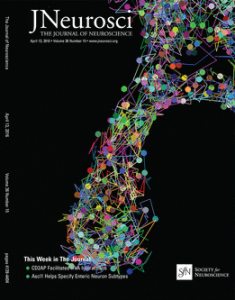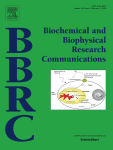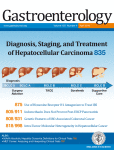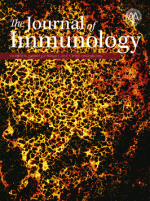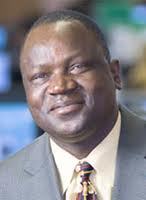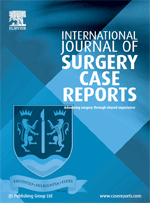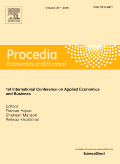 An article has been retracted from a proceedings of an economics conference after the publisher identified errors in several parts of the study.
An article has been retracted from a proceedings of an economics conference after the publisher identified errors in several parts of the study.
The retraction follows criticism from a Romanian blogger, who contacted the journal about several issues, and posted communications she received about the paper, “Sustainability of Social Enterprises: A Discourse Analysis.” It was part of a volume of Procedia Economics and Finance from a 2014 conference, “Economic Scientific Research – Theoretical, Empirical and Practical Approaches,” also known as ESPERA 2014.
According to the paper, peer review was
under responsibility of the Scientific Committee of ESPERA 2014.
Apparently, the peer review process missed a few errors. The retraction note explains:
Continue reading Economics paper retracted due to “extensive changes”

